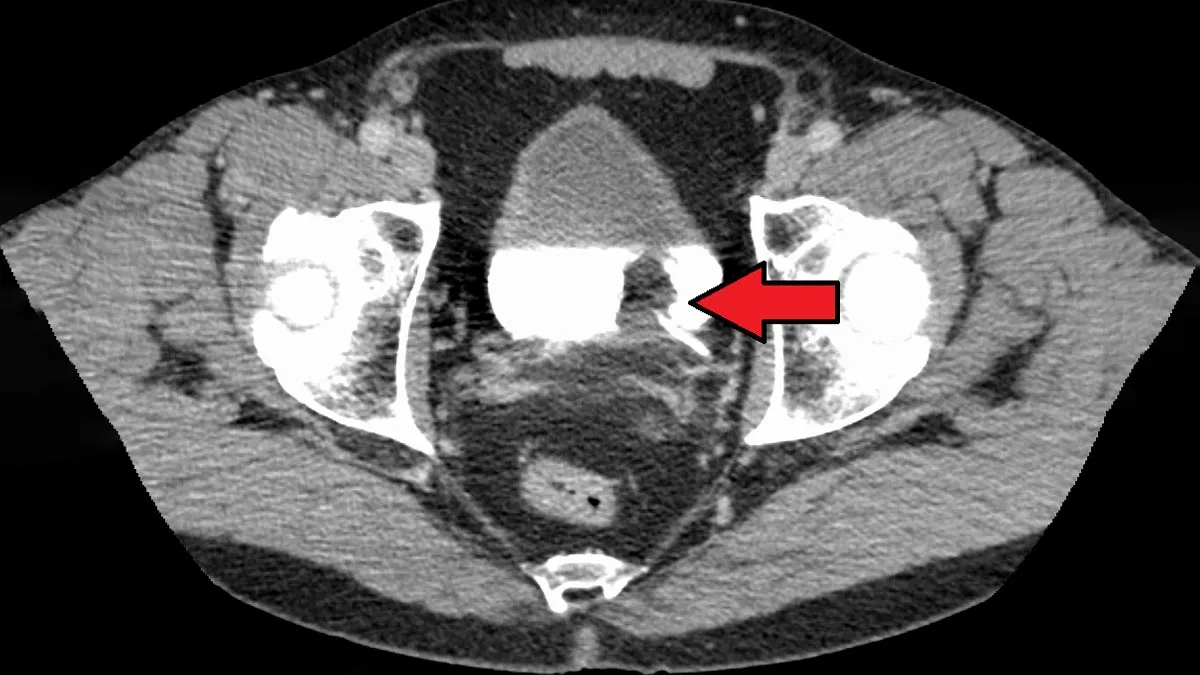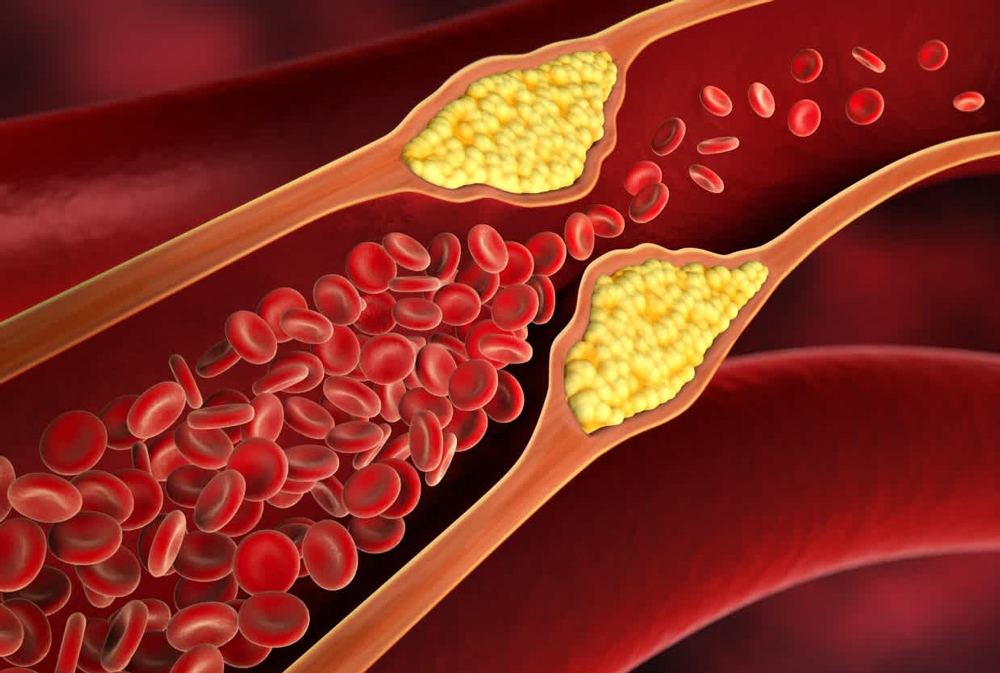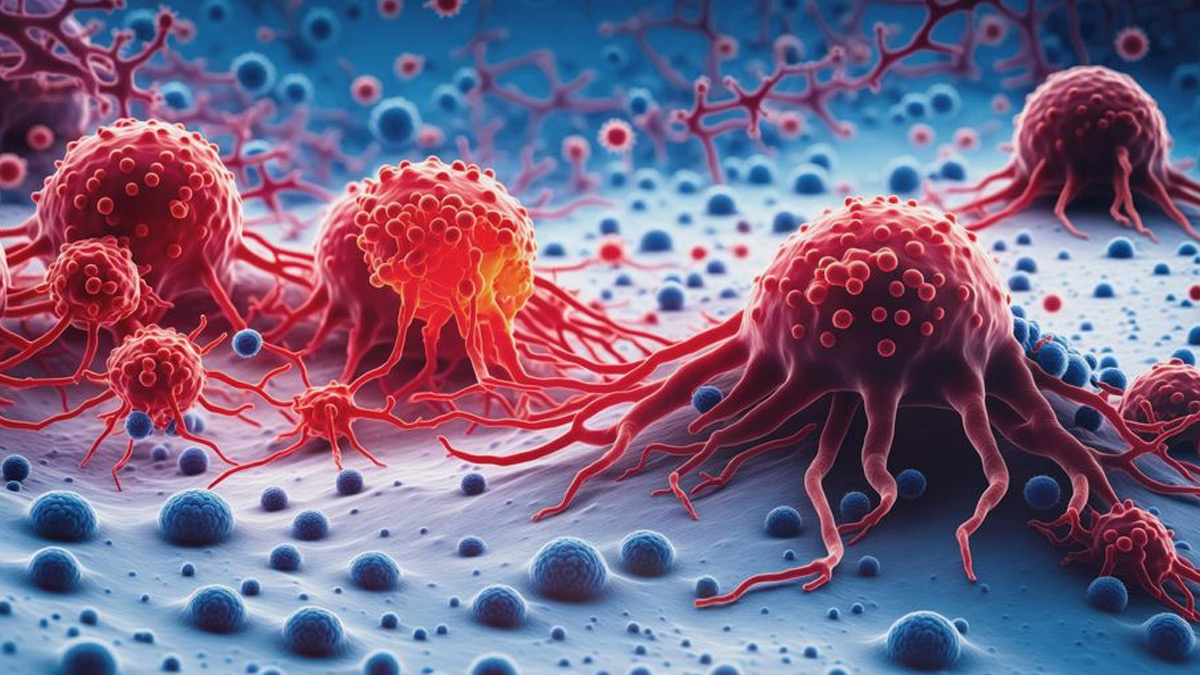
Bladder cancer, a condition that affects over 600,000 people annually worldwide, continues to pose a significant challenge for healthcare providers. Despite advancements in treatment, invasive procedures such as bladder removal and expensive follow-up care remain common. However, a recent breakthrough study offers new hope. The study reveals that lowering cholesterol levels may help curb the spread of bladder cancer, potentially transforming how this disease is managed.
Table of Content:-
A Groundbreaking Discovery in Bladder Cancer Research
Researchers at the Salk Institute for Biological Studies in California have identified a protein, PIN1, as a key driver of bladder cancer. This protein accelerates cancer cell growth by promoting cholesterol synthesis within bladder tumor cells. Dr. Tony Hunter, a senior author of the study, explained that PIN1 enables cancer cells to proliferate, avoid apoptosis (cell death), and invade surrounding tissues.
"PIN1 is crucial for bladder cancer cells to grow and thrive. By driving cholesterol production, it provides the building blocks necessary for cancer cell survival," said Dr. Hunter.

The Role of Cholesterol in Cancer Growth
Cholesterol is an essential component of cell membranes, playing a vital role in cell viability. While cholesterol can be obtained through diet or produced by the liver, cancer cells often rely on local cholesterol synthesis to sustain their rapid growth. The study highlights how PIN1 hijacks this process, fueling tumor development in the bladder.
To counteract this mechanism, researchers tested a combination therapy using two drugs: simvastatin, a commonly prescribed cholesterol-lowering statin, and sulfopin, a PIN1 inhibitor. The results were promising, showing a significant suppression of tumor growth in both animal and cell models.
Implications Beyond Bladder Cancer
Interestingly, PIN1 levels are elevated in several other types of cancer. This suggests that the cholesterol-driven mechanism identified in bladder cancer could also apply to other malignancies. Dr. Hunter noted, “A PIN1 inhibitor combined with a statin could potentially be a viable treatment for other cancers where PIN1 plays a role.”
The researchers are now exploring the effects of PIN1 on other cell types within bladder cancer, such as fibroblasts, which support tumor architecture and growth. Additionally, they aim to identify other metabolic pathways influenced by PIN1 that could serve as therapeutic targets.

Challenges in Treating Bladder Cancer
Bladder cancer treatment often involves invasive surgeries, such as bladder removal, which significantly impacts a patient’s quality of life. For non-invasive but recurrent cancers, the costs of continuous monitoring and treatment are substantial. Dr. Jennifer Linehan, a urologic oncologist, emphasized the urgent need for innovative therapies.
“Bladder cancer treatment is one of the most expensive due to its recurrent nature and the extensive surgeries required. Anything that can stunt tumor growth or prevent recurrence is a game changer,” said Dr. Linehan. She added that while current treatments like chemotherapy, radiation, and immunotherapy focus on killing existing cancer cells, the discovery of a mechanism that stops tumor growth is particularly exciting.
Also Read: California Reports New Human Bird Flu Case: CDC Intensifies Response Amid Growing Concerns
A Glimpse into the Future of Cancer Therapy
This study represents a significant step forward in understanding the complexities of bladder cancer. By targeting the PIN1 protein and its role in cholesterol synthesis, researchers have uncovered a novel approach that may lead to more effective and less invasive treatments.
Bladder cancer is often overlooked compared to other major cancers, but this research sheds light on new therapeutic possibilities that could make a profound difference in patient outcomes. As Dr. Linehan aptly put it, “This is just the tip of the iceberg. There’s so much more to discover about why cancer grows and how we can stop it.”
Bottomline
While the study offers hope, further research is needed to translate these findings into clinical practice. Understanding how PIN1 influences other cancer types and developing targeted therapies will be crucial next steps.
For patients and healthcare providers, the possibility of using a statin-based combination therapy to manage bladder cancer offers a promising alternative to traditional treatments. With continued exploration, this groundbreaking discovery could revolutionize the fight against bladder cancer and beyond.
Also watch this video
How we keep this article up to date:
We work with experts and keep a close eye on the latest in health and wellness. Whenever there is a new research or helpful information, we update our articles with accurate and useful advice.
Current Version